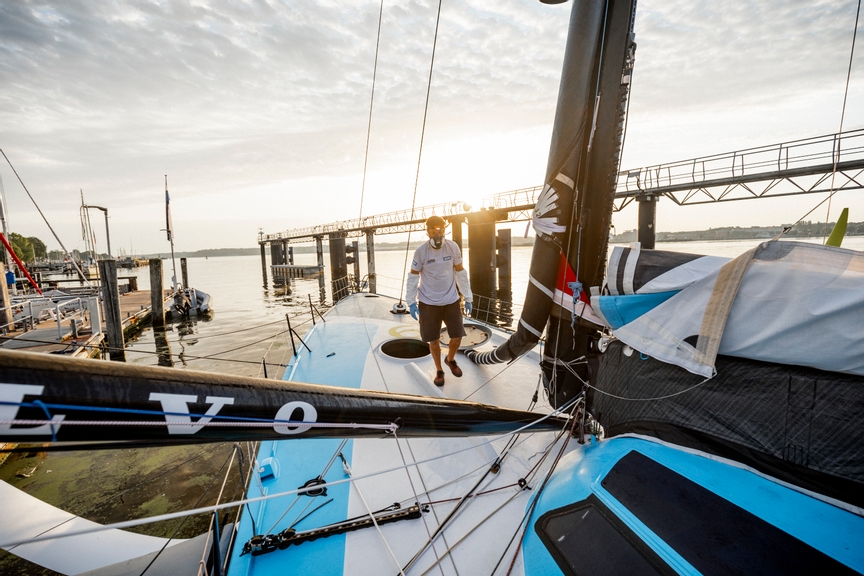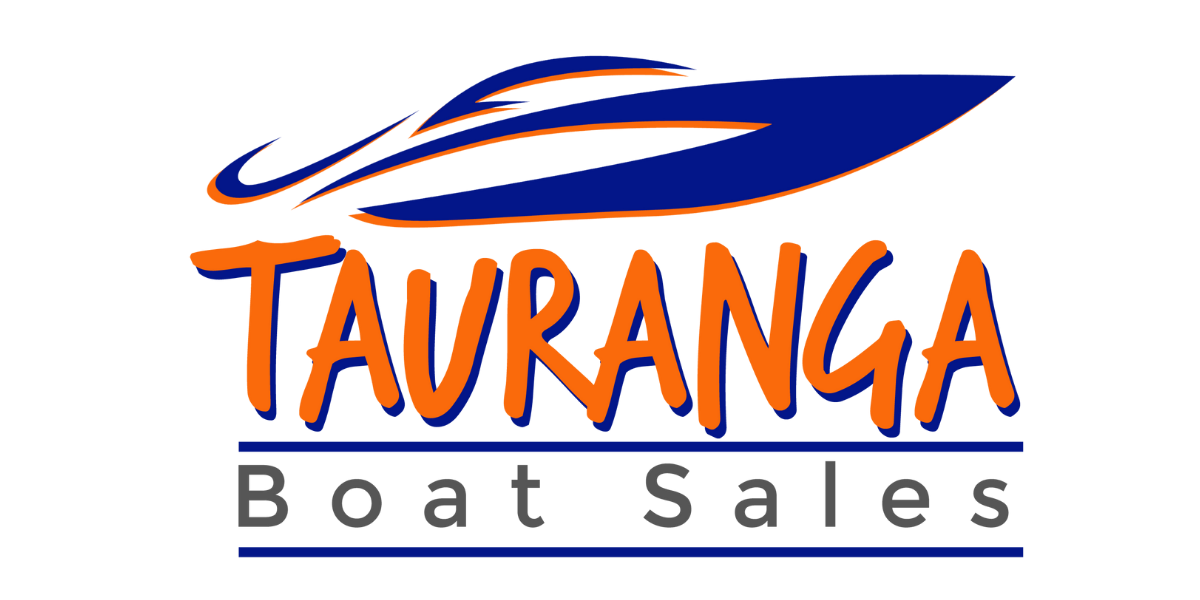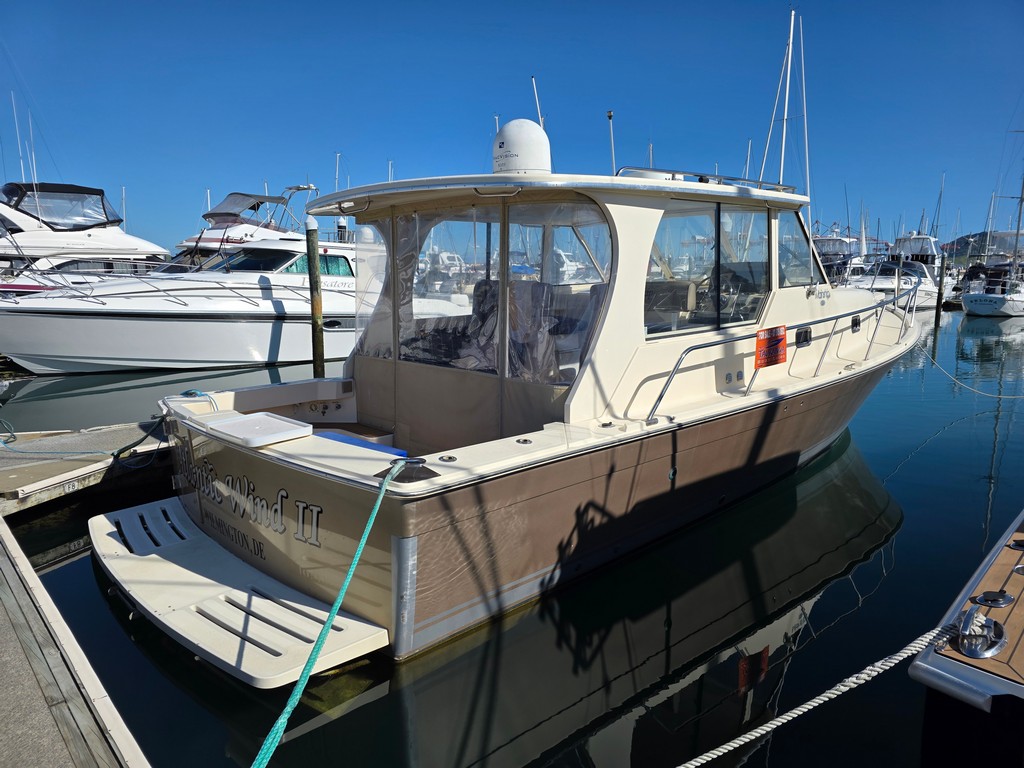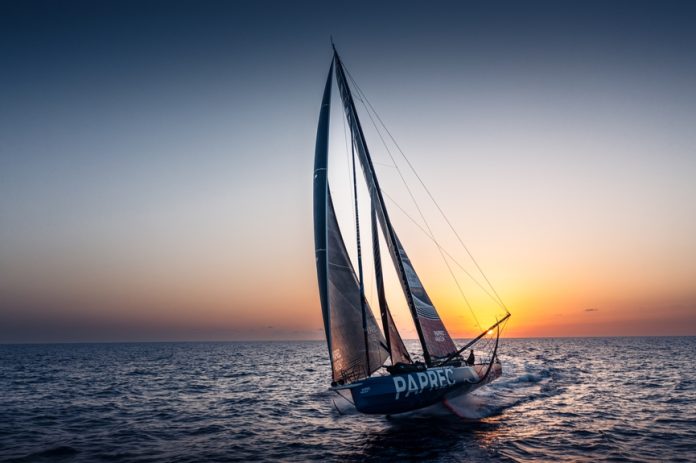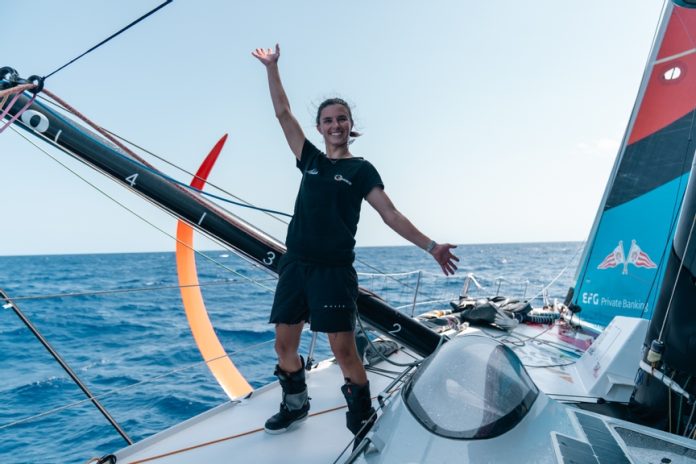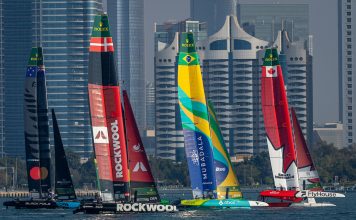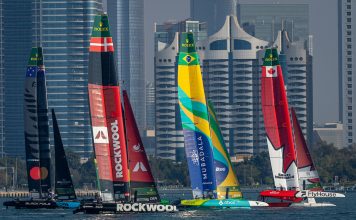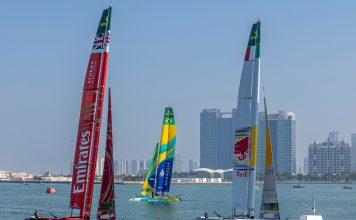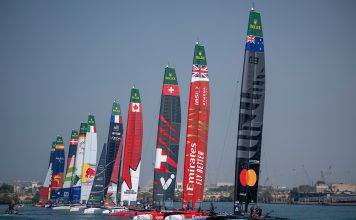Build-up to Kiel
For Ambrogio Beccaria, the summer of 2025 was always going to be a milestone. Fresh from victories in the Mini Transat and the Transat Jacques Vabre, the 33-year-old Italian skipper launched his IMOCA campaign aboard Allagrande Mapei, backed by long-time partner Mapei and supported technically by Thomas Ruyant’s TR Racing.
The boat, a proven Antoine Koch design once campaigned as Vulnérable, was unveiled in Lorient before being delivered to Kiel for the start of The Ocean Race Europe. Beccaria had assembled a top-tier crew: Ruyant, Morgan Lagravière, rising star Manon Peyre, veteran Abby Ehler, and OBR Pierre Bourras. The ambition was clear — to compete at the front of the IMOCA fleet and gain invaluable miles before a planned Vendée Globe campaign in 2028.
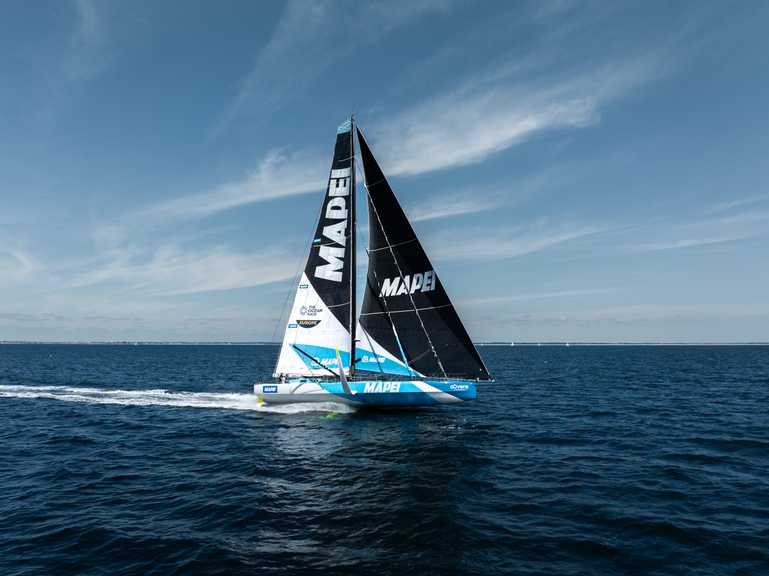
In the days before the start, Kiel buzzed with anticipation. The Sailor’s Parade drew crowds, the docks thrummed with final preparations, and Beccaria’s team spoke confidently of “achieving the best possible performance.”
A dramatic start
The gun fired on 10 August, and seven IMOCAs accelerated into strong winds and tight traffic. Spectators watched as Biotherm and Paprec Arkéa surged ahead, foils slicing cleanly through the chop. Then, just two minutes into the race, disaster struck.
Allagrande Mapei and Team Holcim-PRB, skippered by Rosalin Kuiper, made high-speed side-to-side contact. The impact shredded Allagrande Mapei’s J0 headsail, ripped the mainsail, and severely damaged the starboard shroud system supporting the mast. Both teams turned back to Kiel almost immediately, the fleet disappearing over the horizon without them.
The Ocean Race Europe 2025: From festival to fallout in the first mile
“It’s super sad for our whole team,” said Beccaria at the dock. “We only made it one mile, after such a huge effort to be here. But we won’t give up until there is absolutely no chance.”
Repairs and resilience
What followed was a masterclass in solidarity and determination. Other teams, including Paprec Arkéa, lent spare rigging parts. TR Racing’s second IMOCA, Advens 1, supplied a carbon outrigger. Designers Antoine Koch and engineering firm GSea Design oversaw structural checks, even dismantling water ballast to reach a damaged chainplate carrying loads of more than 30 tonnes.

Within days, the mainsail had been patched, the J0 replaced, and new rigging installed. Shore crews worked long into the night, while Beccaria and his co-skippers devised delivery strategies to reach Portsmouth in time for Leg 2.
“It was a rollercoaster,” admitted Beccaria. “One moment we thought the race was over, the next we were fixing the last part. Now we’re just so happy to be back on track.”
Where they stand now
On 14 August, four days after the collision, Allagrande Mapei left Kiel through the canal, bound for Portsmouth. The team expects to line up for the second leg to Cartagena on 17 August.
Protests from both Holcim-PRB and Allagrande Mapei will be heard later in the stopover, with potential for redress. But for now, Beccaria is focused on the sailing.
“This comeback is like a dream,” he said. “The first start didn’t go as planned, but the only way to move forward is to race again. Our motivation is intact — stronger than ever.”
For Italy’s only IMOCA entry, the campaign is already a story of grit, resilience, and solidarity. Whatever lies ahead in The Ocean Race Europe, Allagrande Mapei has shown it belongs on the world stage.








